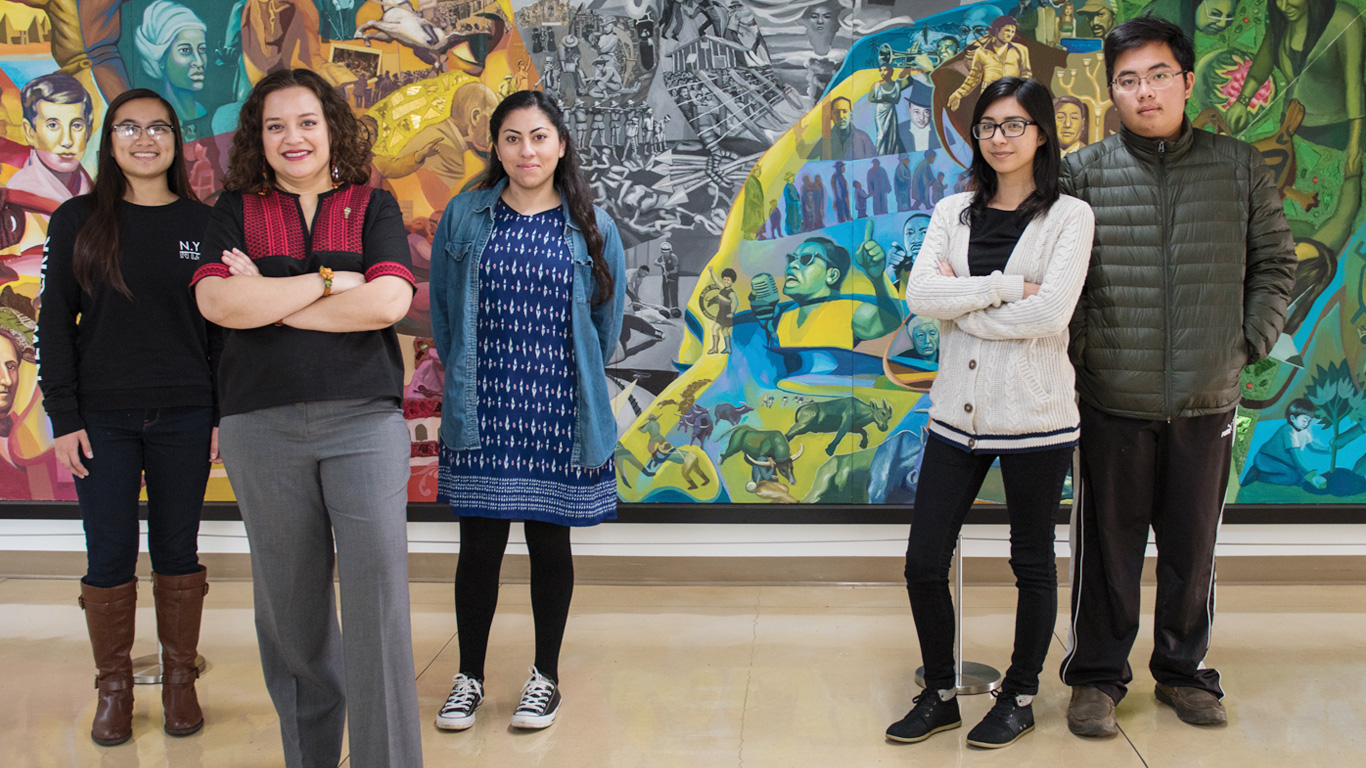
Evidence shows that patterns of inequity in physics drive talented women out of the field. Here’s what physicists can do to overcome them.
In a seminar for teaching assistants, one male and one female TA stand up; the professor in charge tells the room that the male TA will get more respect from students. A woman talks to her undergraduate adviser about her desire for a PhD in physics; he replies, “You know physics is hard. Are you sure you want to try to do that?” A physics major asks a senior male professor for advice on getting into a good doctoral program; he suggests that she flirt more at conferences. In his letters of recommendation for students applying to graduate school, a professor consistently describes his male students as “brilliant” and “outstanding” while praising the women for being “conscientious” and “hardworking”; his male students are accepted to more competitive doctoral programs.
All of the stories in the opening paragraph are examples of the kinds of comments and situations that, taken in aggregate, can combine to create an environment that is unwelcoming for aspiring female physicists. While other sciences have made strides toward more diverse demographics, physics has lagged behind (see figure 1). Demographic data consistently show that our field is 75% male and 75% white, and the growing consensus is that this is a problem. …
Source: Physics Today